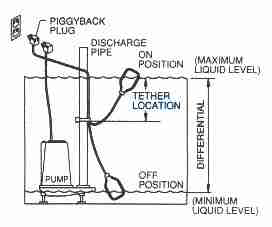Are you experiencing problems with your septic tank pump float switch? In this article, we’ll discuss common issues that can arise with this important component of your septic system and provide you with safe and effective solutions. From troubleshooting tips to maintenance techniques, you’ll learn everything you need to know to address these problems and ensure the proper functioning of your septic tank. So, if you’re dealing with septic tank pump float switch issues, keep reading to find out how to fix them safely.
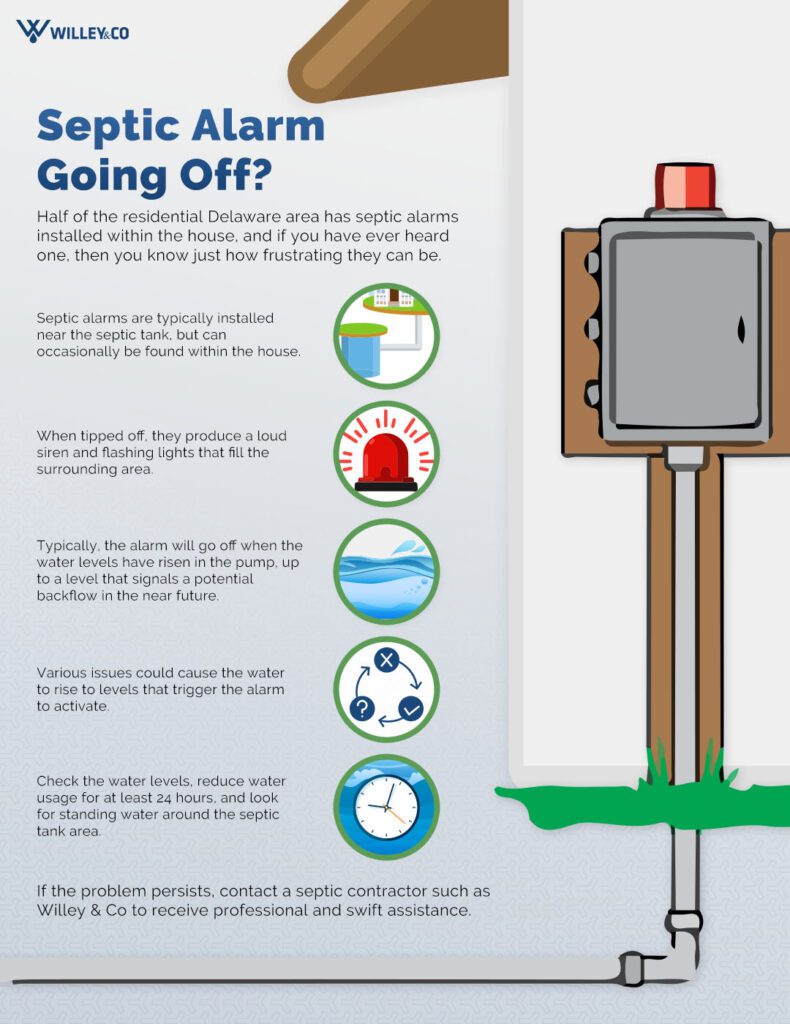
Introduction
If you have a septic tank system, you are probably familiar with the importance of the float switch. The float switch is a crucial component that controls the operation of the pump, ensuring that the tank is properly emptied and preventing any overflow. However, like any mechanical device, float switches can develop problems over time. In this article, we will discuss common float switch issues, how to detect them, and the steps you can take to address these problems safely.
Understanding the Float Switch
Before diving into the common problems with float switches, it is essential to understand how they work. The float switch consists of a buoyant device that is connected to the pump. As the level of sewage in the tank rises, the buoyant device floats to the top and activates the pump. Once the pump has emptied the tank, the float switch drops back down and turns off the pump. This simple mechanism ensures that the pump only operates when necessary, preventing unnecessary wear and tear on the system.
Common Problems with Float Switches
Despite their simple design, float switches can encounter various problems. The most common issues include:
-
Stuck Switch: Sometimes, the float switch can get stuck in either the “on” or “off” position, preventing the pump from functioning correctly. This can occur due to debris buildup, mechanical failure, or improper installation.
-
Misalignment: If the float switch is not properly aligned with the water level in the septic tank, it may fail to activate the pump when needed. This issue can arise if the float switch has been moved or adjusted incorrectly.
-
Electrical Malfunction: Float switches rely on electrical connections to operate the pump. Faulty wiring or electrical components can disrupt the switch’s functioning, leading to pump failure.
-
Wear and Tear: Over time, the float switch can deteriorate due to exposure to sewage, mechanical stress, or corrosion. This can result in the switch not functioning properly or becoming completely non-operational.
Detecting Septic Tank Pump Float Switch Problems
Detecting problems with the float switch is crucial for preventing septic system failure. Here are some signs that indicate a malfunctioning float switch:
-
Frequent Pump Cycling: If you notice that the pump is turning on and off more frequently than usual, it may indicate a problem with the float switch. This can occur due to a stuck or misaligned switch.
-
High Water Level in the Tank: A constantly high water level in the septic tank can suggest a malfunctioning float switch. In this case, the switch may not be activating the pump to empty the tank adequately.
-
Alarm Activation: Many septic systems are equipped with alarms that alert you to pump or float switch failures. If the alarm is repeatedly going off, it is essential to investigate the cause promptly.
-
Unpleasant Odors or Backup: A malfunctioning float switch can lead to sewage backup or the release of foul odors. If you notice these signs, it is vital to address the problem promptly to prevent further damage and health hazards.
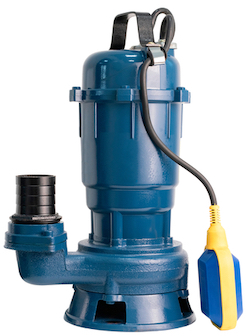
Effects of Malfunctioning Float Switches
Ignoring float switch problems can have severe consequences for your septic system and the environment. Some potential effects of malfunctioning float switches include:
-
Tank Overflow: If the float switch fails to activate the pump, the septic tank can overflow, leading to sewage backup in your home or overflowing into the surrounding area.
-
Pump Damage: Continuous operation of the pump due to a malfunctioning float switch can cause excessive wear and tear, leading to premature pump failure.
-
Contaminated Soil and Water: Sewage overflow from a malfunctioning septic tank can contaminate the surrounding soil and water sources. This contamination poses a risk to both the environment and human health.
-
Environmental and Legal Consequences: Failure to address float switch problems can result in legal consequences, as septic system failures may violate local laws and regulations. Additionally, the environmental impact of improperly functioning septic systems can be significant.
Addressing Common Float Switch Issues
Fortunately, many float switch problems can be addressed without professional help. Here are some steps you can take to address common issues safely:
Inspecting the Float Switch
Start by visually inspecting the float switch. Check for any visible signs of damage, debris buildup, or misalignment. Ensure that the switch moves freely and that the electrical connections are securely in place. If you notice any issues, proceed with the appropriate maintenance or troubleshooting steps.
Cleaning and Maintaining the Float Switch
Cleaning the float switch is essential for ensuring its proper functioning. Remove any debris or buildup around the switch and clean it with a mild detergent or septic-safe cleaning solution. Be careful not to damage the electrical components or wiring during the cleaning process.
Regular maintenance is also crucial to prevent float switch problems. Follow the manufacturer’s guidelines for any recommended maintenance tasks, such as lubricating moving parts or replacing worn-out components.
Replacing a Faulty Float Switch
If your inspection reveals significant damage or if the float switch fails to function even after cleaning and maintenance, it may be necessary to replace it. Consult the manufacturer’s instructions or seek professional assistance to ensure the correct installation of the new float switch.
Choosing the Right Float Switch
If you need to replace the float switch, it is essential to choose the right type and size for your septic system. Consider factors like the tank size, pump capacity, and specific requirements of your system. Consult with a knowledgeable professional or refer to the manufacturer’s recommendations for guidance.
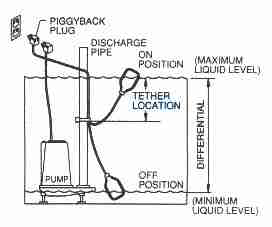
Safety Measures for Handling Float Switch Problems
Dealing with septic tank pump float switch problems requires caution and adherence to safety measures. Here are some crucial safety precautions to follow:
Turning off Power Supply
Before inspecting or working on the float switch or the pump, make sure to turn off the power supply to avoid electrical hazards. Follow the proper procedure for shutting off the power, which may involve turning off the circuit breaker or unplugging the pump.
Wearing Protective Gear
Always wear appropriate protective gear when working with septic system components. This includes gloves, goggles, and clothing that covers your arms and legs. Protective gear will help prevent contact with sewage, hazardous materials, or potential injuries.
Avoiding Contact with Septic Waste
Keep in mind that septic waste contains harmful bacteria and other contaminants. Avoid direct contact with sewage or wastewater during inspection, maintenance, or repair tasks. Wash hands thoroughly with soap and clean water after any contact with septic waste.
Following Manufacturer Guidelines
Always refer to the manufacturer’s guidelines and instructions when inspecting, cleaning, or replacing the float switch. Adhering to these guidelines ensures the safety and proper functioning of the septic system.
Hiring Professional Help
While many float switch issues can be resolved on your own, there are instances where professional assistance is necessary. Here are factors to consider when deciding to hire professional help:
When to Seek Professional Assistance
If you feel uncomfortable working with septic system components, lack the necessary skills or tools, or suspect complex issues with the float switch, it is best to leave the repairs to professionals. Professional septic tank pump repair services have the expertise and experience to handle these problems safely and efficiently.
Finding a Reliable Septic Tank Pump Repair Service
When choosing a professional repair service, ensure they have proper licensing, certifications, and a good reputation in the industry. Ask for recommendations from trusted sources or consult online reviews to find a reliable service provider.
Considering the Cost of Professional Repairs
Before hiring a professional, obtain multiple quotes for the repair job and compare the costs. While it is essential to consider the cost, remember that quality workmanship and adherence to safety standards should be the top priority.
Getting a Warranty or Guarantee
Inquire whether the professional repair service offers any warranty or guarantee for their work. A warranty ensures that you have recourse in case the same problem reoccurs shortly after the repair.
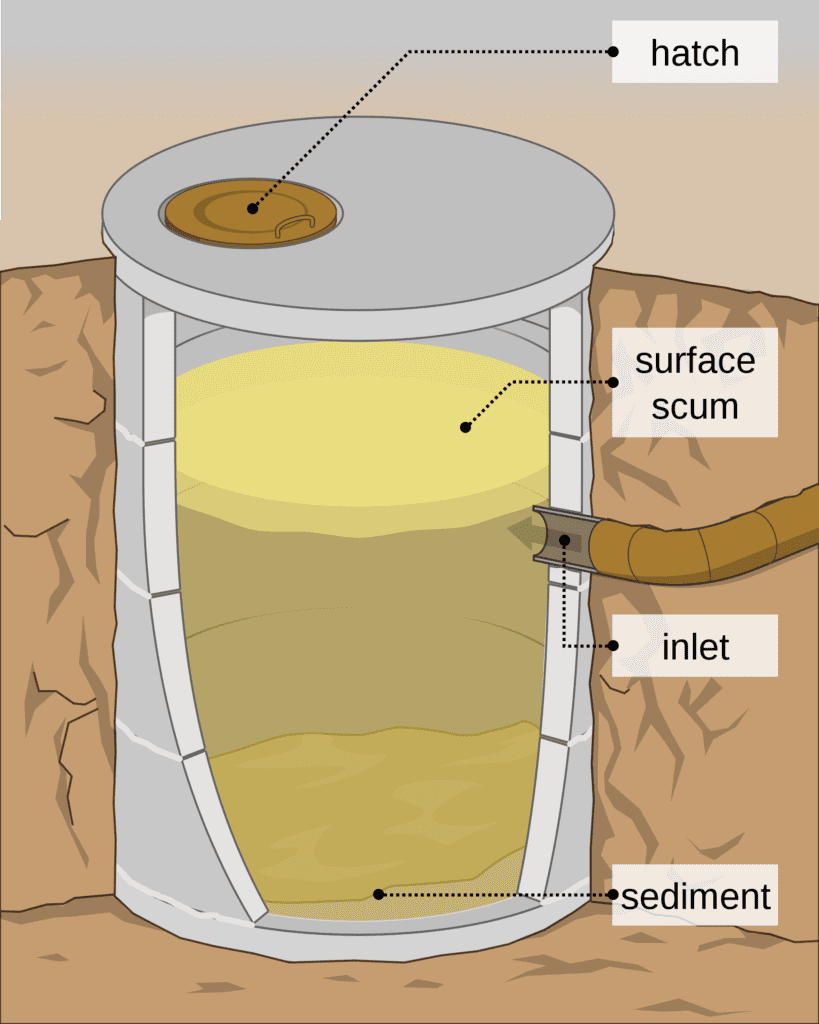
Preventive Measures for Float Switch Problems
Taking preventive measures can significantly reduce the risk of float switch problems. Here are some preventive steps you can take:
Regular Inspection and Maintenance
Perform routine inspections of the float switch, pump, and septic system components to identify any potential issues early on. Regular maintenance, such as cleaning and lubricating, can also prevent premature failures and extend the lifespan of the float switch.
Proper Disposal of Wastewater
Be mindful of what goes down your drains and toilets. Avoid flushing inappropriate items, such as non-biodegradable materials or excessive amounts of chemicals, as they can damage the septic system and affect the float switch’s operation.
Avoiding Excessive Water Usage
Using excessive amounts of water can overload the septic system, leading to pump and float switch problems. Install water-saving fixtures, such as low-flow toilets and showerheads, and practice water conservation habits to reduce strain on the system.
Keeping the Septic Tank Ventilated
A well-ventilated septic tank prevents the buildup of corrosive gases, which can damage the float switch and other components. Ensure the vents are free from obstructions and functioning properly to maintain a healthy septic system.
Educating Yourself on Float Switch Operation
To effectively address float switch problems, it is vital to educate yourself about their operation and maintenance. Here are some ways to enhance your knowledge:
Understanding the Basics of Float Switches
Learn about the fundamental principles behind float switch operation, including how the switch activates the pump and controls the water level in the septic tank. This understanding will help you troubleshoot and address common issues.
Learning about Different Float Switch Types
Familiarize yourself with the various types of float switches available, such as tethered floats, vertical floats, or electronic switches. Each type has its advantages and considerations, so knowing which one is best suited for your septic system is essential.
Knowing How to Troubleshoot Float Switch Issues
Research common float switch problems and their solutions. Understand the steps involved in inspecting, cleaning, and replacing the switch. This knowledge will empower you to take prompt action when issues arise.
Keeping Updated with Industry Best Practices
Stay informed about the latest developments and best practices in the septic system industry. Subscribe to reputable publications or websites, join online communities, or attend educational workshops to enhance your knowledge.
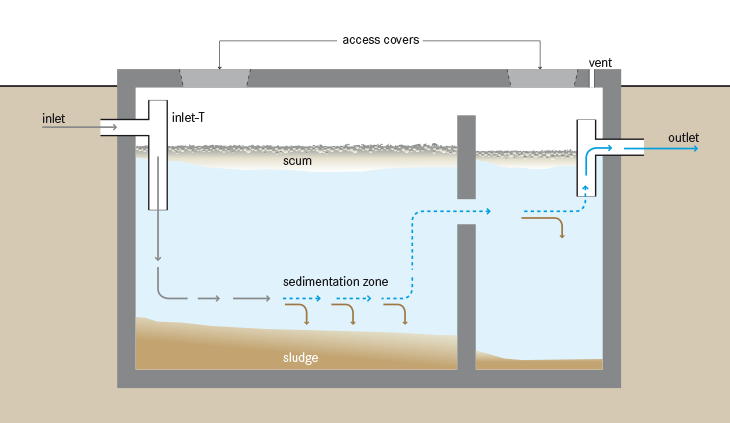
Environmental Impact of Float Switch Problems
Finally, it is crucial to understand the environmental impact that float switch problems can have. Some consequences include:
Contamination of Surrounding Soil and Water
A malfunctioning float switch can lead to sewage overflow, which can contaminate the surrounding soil and water sources. This contamination poses a risk to the ecosystem as well as to human health.
Effects on the Ecosystem
The release of untreated sewage into the environment can harm plants, animals, and the delicate balance of ecosystems. Contaminated water sources can lead to the decline of aquatic life and impact the food chain.
Pollution and Health Risks
Improperly functioning septic systems contribute to water pollution, which can have severe consequences for both human health and the environment. Contaminated water can cause waterborne diseases and other health risks.
Legal Consequences
Failure to address float switch problems can result in legal consequences, as septic system failures may violate local laws and regulations. Legal penalties and sanctions may be imposed for non-compliance with environmental and health standards.
Conclusion
In conclusion, regular maintenance and prompt action are essential for dealing with septic tank pump float switch problems. Understanding how the float switch works, detecting common issues, and addressing them safely can help prevent costly repairs, environmental damage, and health risks. By educating yourself, taking preventive measures, and seeking professional assistance when needed, you can ensure the safety and efficiency of your septic system. Remember, the well-being of your septic system and the environment is in your hands.
